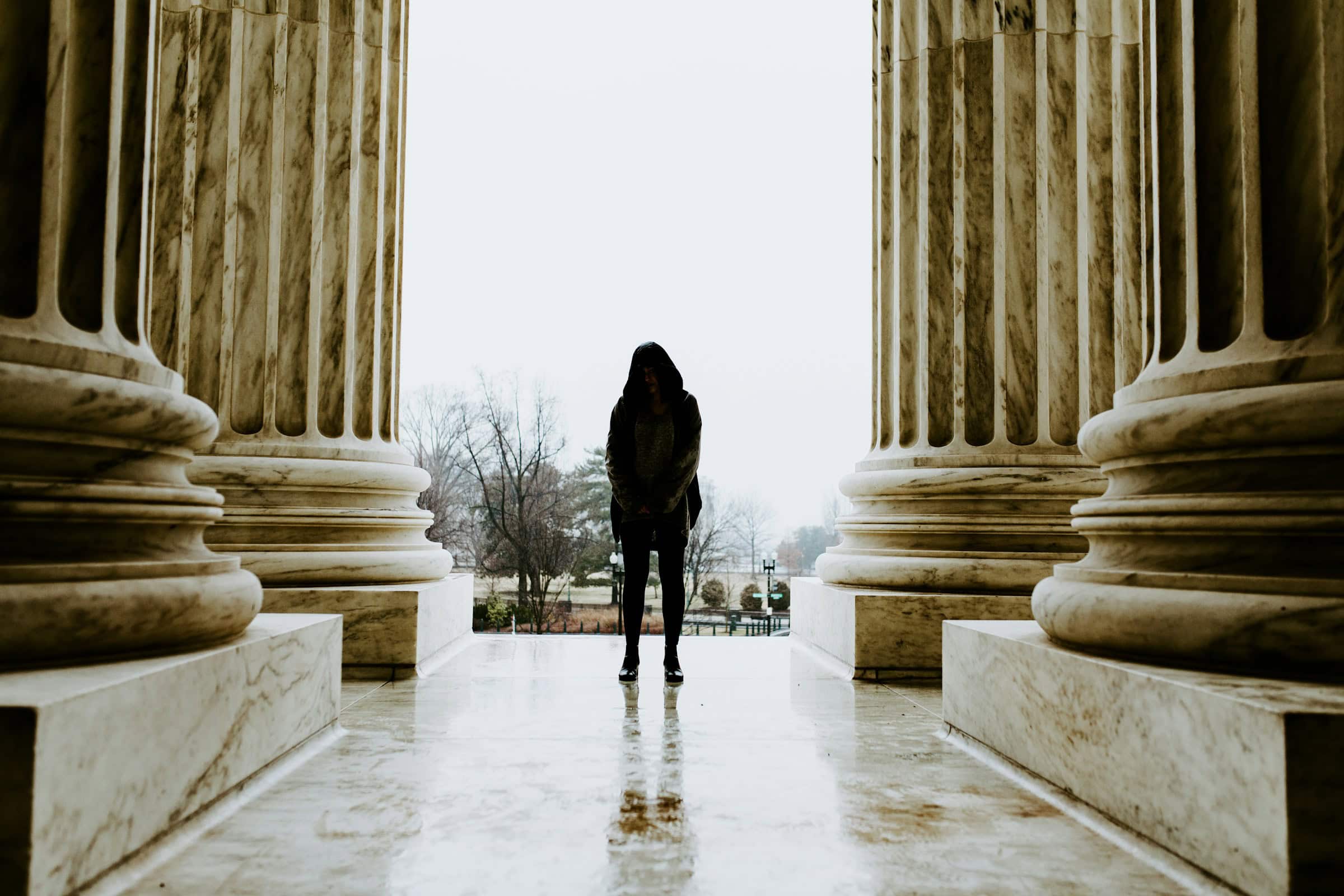By David Smith
California State Polytechnic University at Pomona
drsmith2@csumpomona.edu
Personal Webpage
Contents
History of World Civilizations: Ancient Period Syllabus
Teaching and Assessing the ‘Doing World History’ Method in the World History Survey
Introduction to Doing World History
Suggestions for Preparing Notebook Entries Using ‘Doing World History’
Student Work: Common Phenomena
Directed Readings in Ancient History
Introduction
The essence of world history is a cross cultural approach to the past, combined with a global perspective. These are complementary concepts,but they are not the same. For example, to study the impact of the eastern Mediterranean civilizations on the Greeks is a cross cultural method, but it is not global in perspective. One must add other methods in order to achieve a global outlook. Examples of this include comparisons, time lines and the search for common experiences. In a world historical approach, primary sources are important, but they are used to serve the overall discipline of world history. In my experience this means devoting the greatest amount of effort in pursuit of cross cultural and global approaches, while trying to give the students some experience of the great written sources of earlier civilizations. Hence, my project focuses on the teaching aspect of world history, emphasizing small group and participatory methods. It is intended for instructors rather than students. See syllabus.
As a teaching strategy, I have developed a system I call “Doing World History.” It teaches the students how to practice world history by focusing on five of the most common world history methods: Big Picture, Diffusion, Syncretism, Comparison and Common Phenomena.
I have attached a short, hand-out version in addition to the more lengthy article about teaching and assessing the method. I have also developed a hand-out detailing Suggestions for Preparing Notebook Entries Using Doing World History. Briefly, the students bring in a short essay analyzing the various textbook assignments using at least two of the five methods. In class, small groups combine their efforts to produce a chart about the assignment. When the groups are finished, each group makes a presentation which the other groups criticize.
Some examples of group work can be seen on “Student Work: Common Phenomena.”
Interpreting ancient source materials and artifacts is also a significant part of the world history project. For this aspect of the project, go to Directed Readings in Ancient History.
For an annotated bibliography of editions of the ancient sources, go to Annotated Bibliography.
Related Resources

October 29, 2025
History of Artificial Intelligence, Privacy, & Security

September 12, 2025
Unpacking the History of Higher Education

July 24, 2025